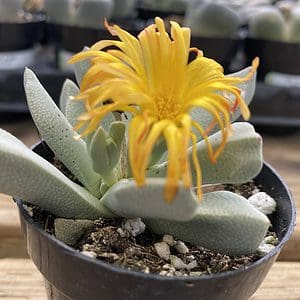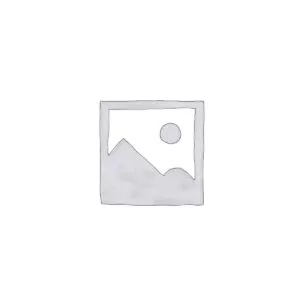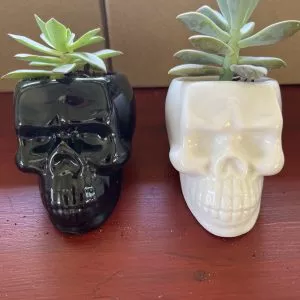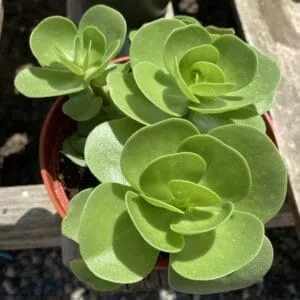No products in the cart.
Table of Contents
The red twig dogwood shrub adds four seasons of color to your garden. The red twig dogwood brightens your winter landscape with the bright red branches.
From spring to summer, you will have a display of different colors of foliage, flowers, and berries, making it a worthy option. You will see it attracting pollinators and birds when planted in the garden.
Plant Name: Cornus servicea, Cornus alba, or Cornus sanguinea
Other Name: Red-twig dogwood, red osier dogwood, Tatarian dogwood tree
Plant Type: Shrub
Native Areas: North America
Light Requirement: Full sun to partial shade
Watering: Moderate
Fertilizer: Dressing and compost
Toxicity: Non-toxic
Temperature: Warm temperatures
Propagation: Hardwood cuttings
Growth: 6-9 feet tall and 8-12 feet wide
Soil Type: Moist acidic soil
USDA Hardiness Zones: 3-8
Where To Grow Red Twig Dogwoods

You will surely spark some conversation in the garden with the Red Twig Dogwood shrubs. It is truly a one-of-a-kind drought-tolerant plant that adapts to most weather conditions. In spring, your Red Twig Dogwoods bloom white flowers, followed by green leaves in summer.
As fall arrives, it greets you with red foliage; in winter, the leaves drop, leaving the bright red stems to liven up the place. To grow Red Twig Dogwood, you can use it as a privacy screen or a foundation hedge.
Planting these shrubs together provides a dramatic entrance as they thrive in full sun to dappled light. The best part is the Red Twig Dogwood shrubs do great in wet areas and can withstand cold conditions. Those flaming red stems look fabulous in flower arrangements or as festive holiday decorations.
Lastly, you get a display of white berries from summer to fall.
Red Twig Dogwood Plant Care Tips
A few Dogwood tree species are found with the label red-twig; that is the common name. While some Dogwood specimens are slow-growing, the Red Twig Dogwood is an exception growing at least two feet of growth yearly.
The botanical name for interest sake is Cornus sericea, which belongs to the Cornaceae family.
Soil For Red Twig Dogwood Shrubs

One thing you will not have a problem with when you grow Red Twig Dogwood is the soil. These bushes grow in different soil types that are consistently moist. Hence, this Red Twig Dogwood is easy to grow if you have a wet spot in the garden.
Still, they do prefer acidic soil. They can grow in clay to rock soil as long as it is well-drained.
Lighting Needs For Red Twig Dogwoods
The shrub can grow in different light requirements, from part shade to full sun. But the signature red bark prefers direct sunlight of at least eight hours daily to be its brightest color.
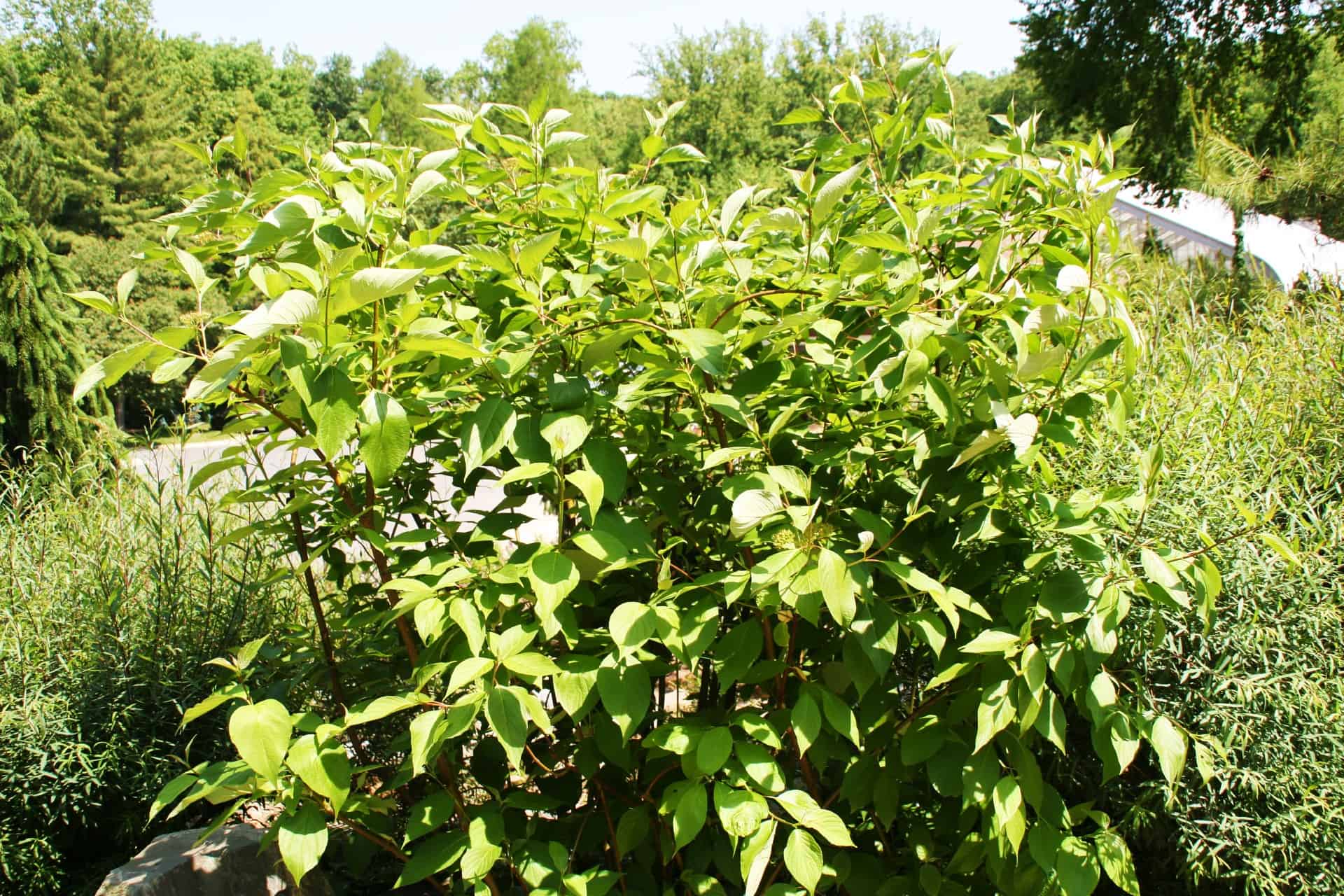
If you live in the USDA zone 8, we recommend an area protected from the sun but still has enough airflow. Thus, it can tolerate part shade with some sun but not full shade.
For planting in the ground, you can dig a hole twice the width of the root ball width and deep enough to stand level with the surrounding soil.
After planting and watering, you can mulch the soil to help retain moisture. When planted, new plants will need a bit more watering to help the roots establish.
Watering Red Twig Dogwoods
The red twig dogwood prefers spots in moist areas like ponds and streams. If you do not get a lot of rain, we recommend watering your plants indoors weekly for the first couple of months. Keeping the soil constantly moist helps.
Once your plants mature, you only need to water them during the dry spells when there is no rain for more than a week. This is important regarding red twig dogwood care, as too much moist soil can lead to root rot.
Temperature & Humidity
Planting the shrub depends on the first and last frost dates. The best time to plant your shrub is in spring and never plant them with frozen garden border ground. Still, if you plant in early fall, allow your plant enough time to settle before it freezes.
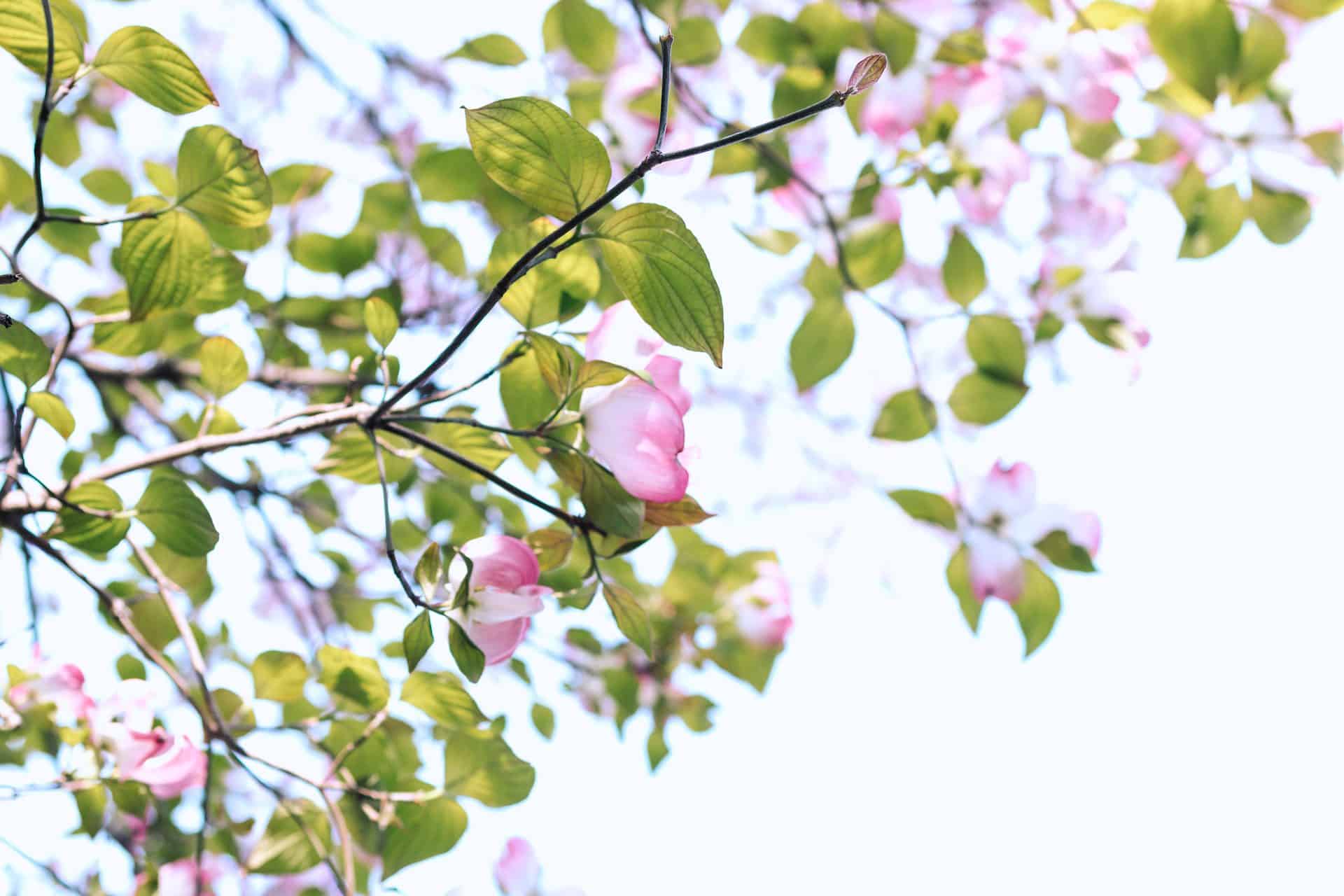
Or plant your red twig dogwood shrub in early spring after the ground thawed. If you live in the USDA zone, seven to eight winter planting is possible, but in zone 9, planting in summer is too hot for your shrubs to survive.
A fact is that the Red Twig Dogwood can adapt to different temperatures but, in extreme heat, provide some partial shade for these shrubs. The red twig dogwood shrub can tolerate partial shade in the afternoon.
Still, depending on the rain, they do not fare well in extreme heat or humid climates and water plants weekly during the growing season.
Fertilizing Your Red Twig Dogwoods

With its bright red branches, the Red Twig Dogwood does not need much feeding. If you give them fertilizer, use a side dressing of compost in early spring. Once your plant leaves drop, you can provide them with fish emulsion.
Pruning Red Twig Dogwood Shrub
The red twigs fade with time, from early spring to summer. You cannot do much about it, but for the maximum color, you can prune out about one-third of the oldest stems every three years.
Or you can do annual pruning. The best time for pruning your plants is in late winter to help promote new growth.
If your shrubs are overgrown, you can cut the entire shrub back to the ground in winter. The foliage will return in a year with new young red stems.
Pruning red twig dogwood shrub will ensure your plant develops new growth to keep it healthy.
Propagation of Red Twig Dogwood
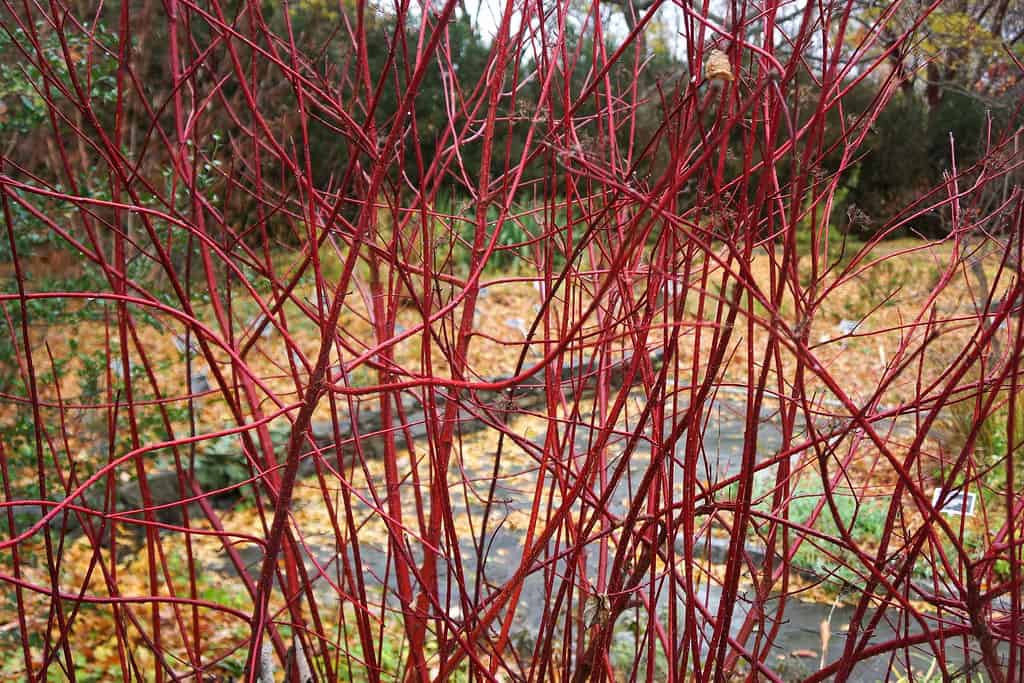
Propagating your Red Twig Dogwood is easy using hardwood cuttings taken in late fall and the start of winter.
Use your shears to remove some stems at the base of your plant. Cut them into 9-inch sections with buds on either end available.
Remove the side branches and the leaves and dip the segment into a rooting hormone.
Place the cuttings in pots and keep them sheltered in a cold frame.
When spring arrives, you can remove the cold frame and move your pots into the open, allowing them to grow.
You can expect this to take up to a year for roots to develop. Once your plants have fully rooted roots, plant them into the landscape.
Dogwood Varieties
In the Dogwood tree, you can find different shrubs with red twigs to grow in the garden.
Cornus sericea

The Red Osier Dogwood is another red type of dogwood native to North America.
Cornus stolonifera
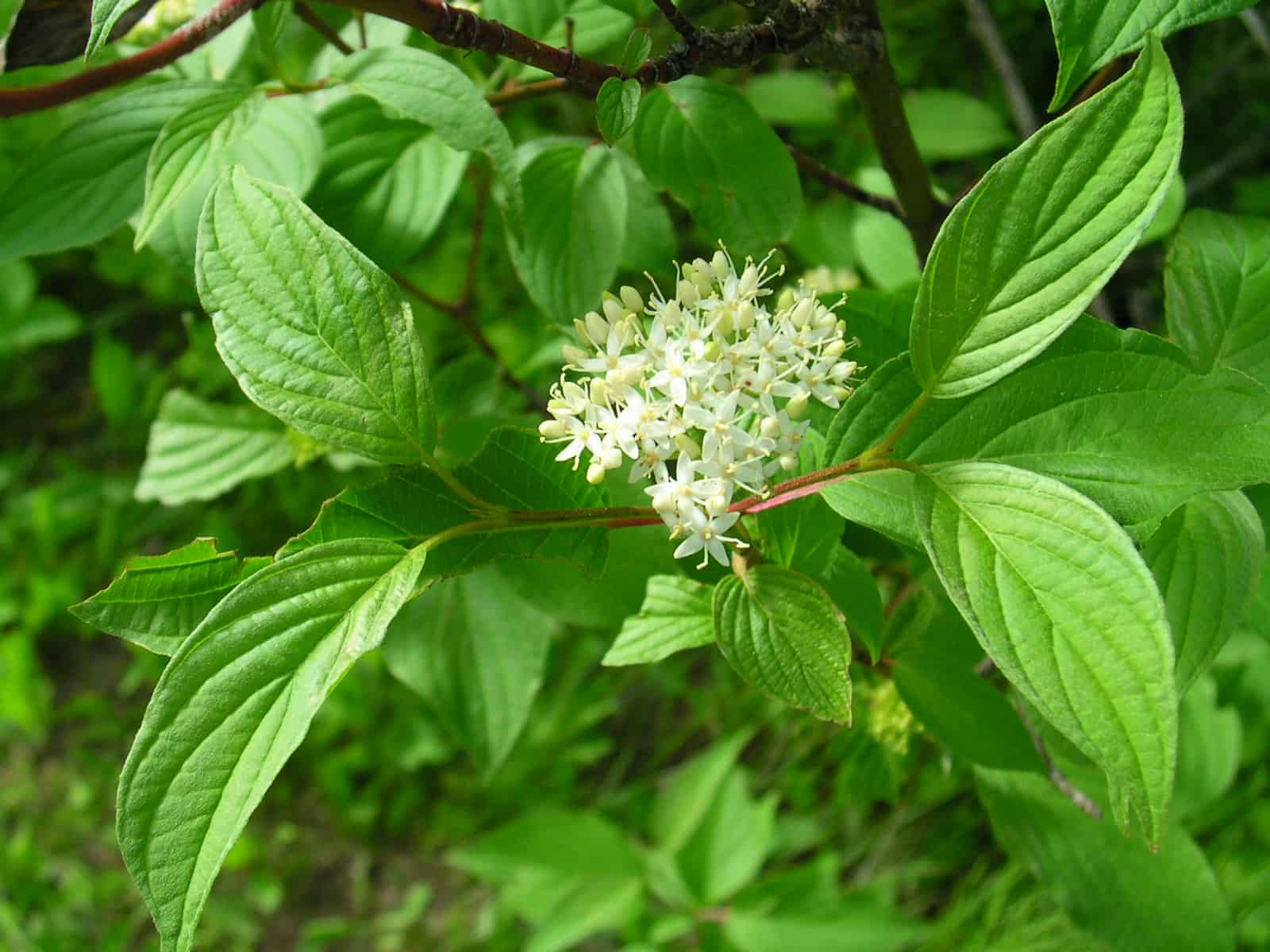
The American Dogwood, known as redstem dogwood, grows along the river banks as it helps with erosion control. It also makes for a fabulous addition to a winter landscape.
Cornus alba
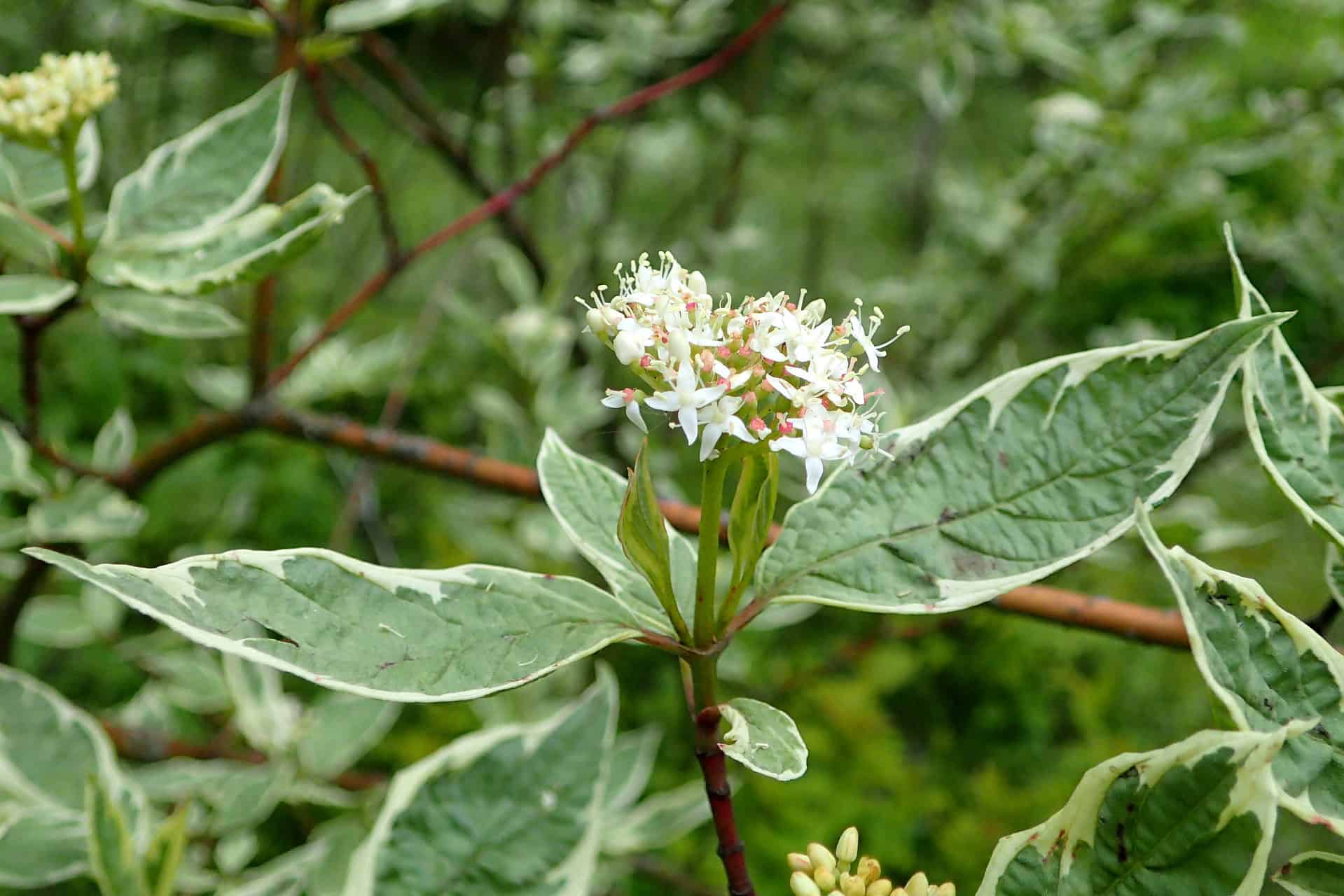
The Tatarian Dogwood is another Red Twig Dogwood variant that grows natively throughout Asia.
Cornus sanguinea
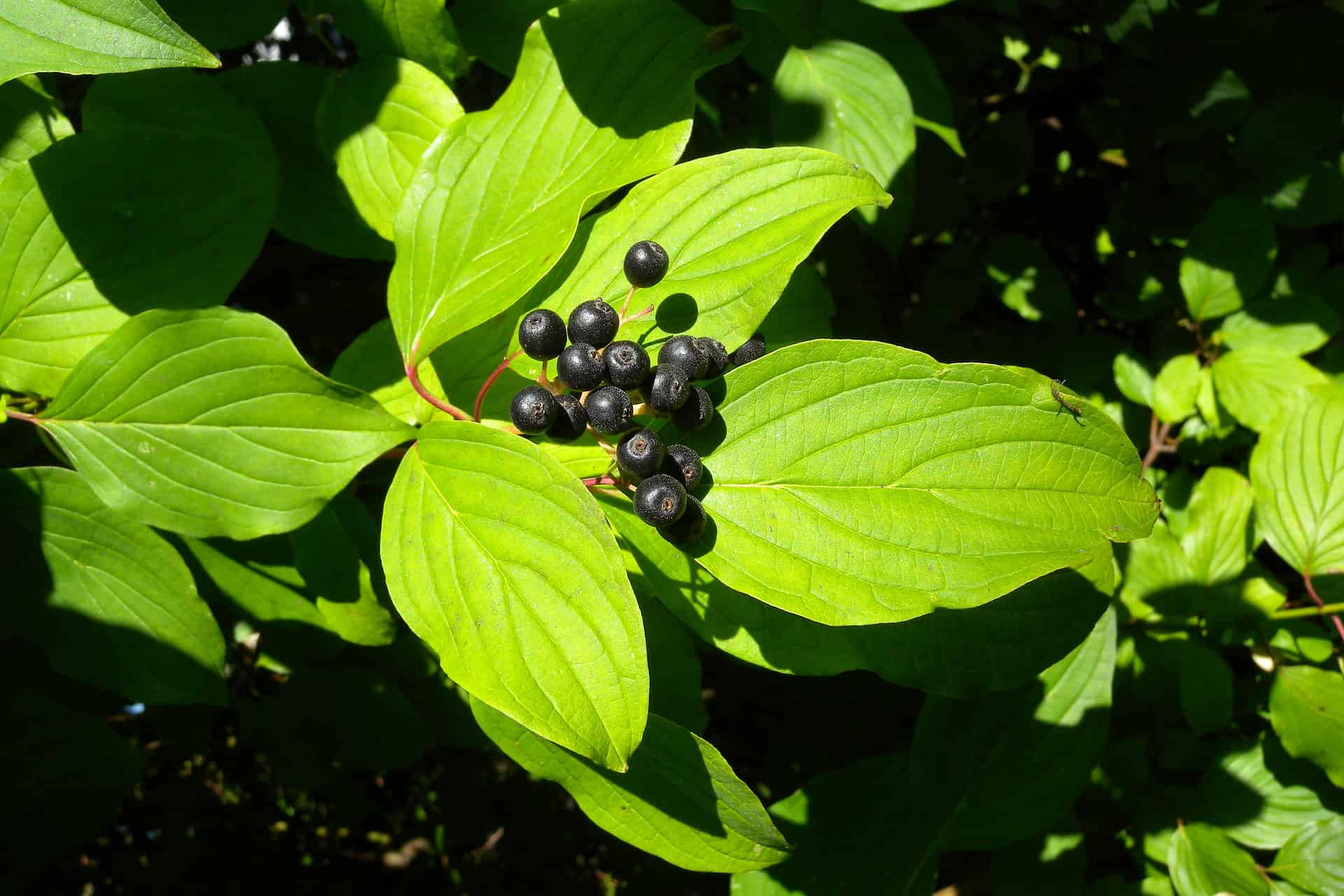
The Bloodtwig Dogwoods is also another Red Twig Dogwood found in Europe.
Cornus sericea Flaviramea
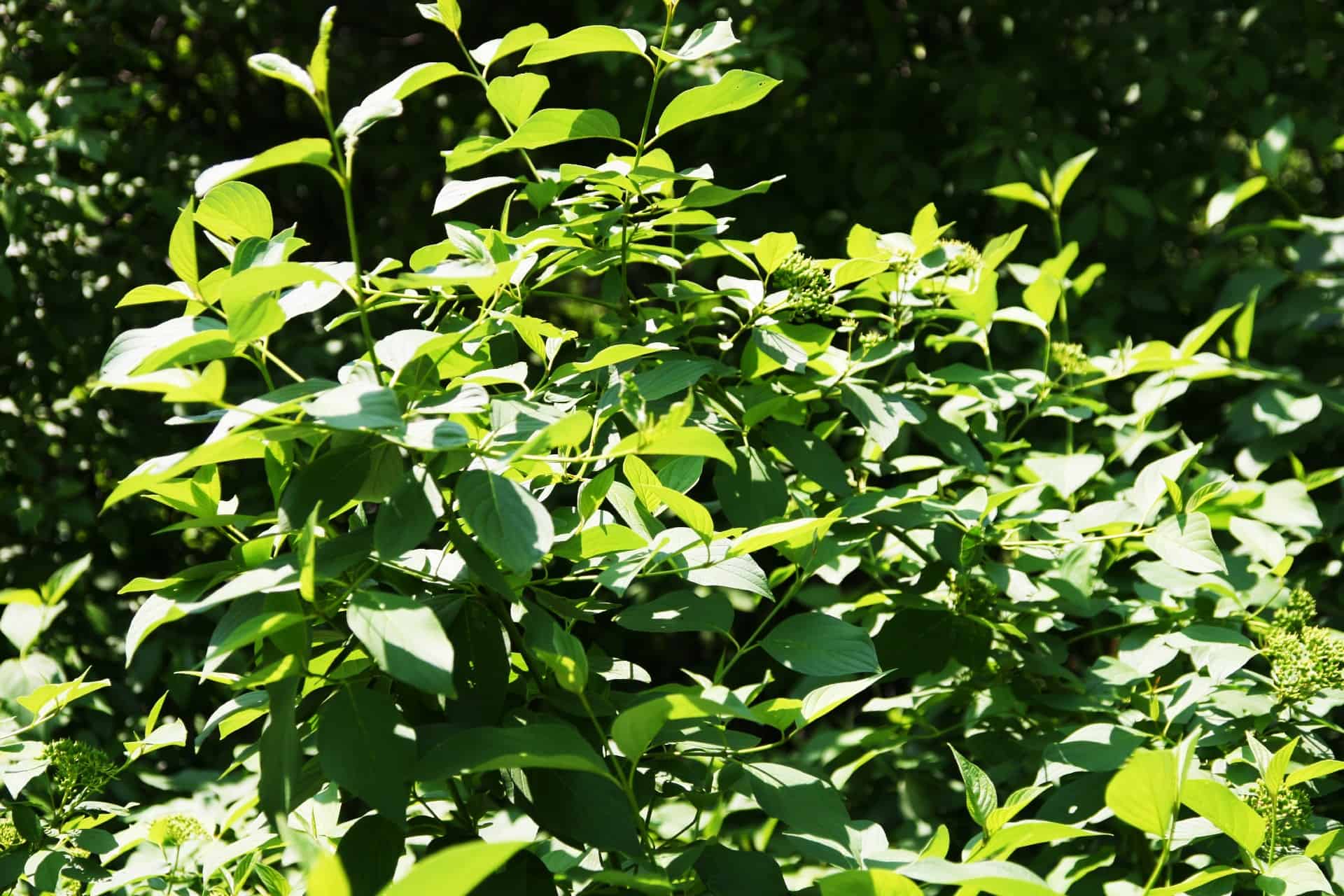
The Yellow Twig Dogwood produces yellow stems but not red and looks great planted with your other cultivars. The yellow twig dogwood will fit nicely with an artic fire dogwood and your red dogwood in the garden.
Red Twig Dogwood Common Diseases and Pests
Common insects found in Red Twig Dogwood care are bagworms, scale, and leaf miners. If the problem becomes severe, you can use store-bought pesticides. A big concern is fungal problems, including twig blight, leaf blight, leaf spots, and cankers.
You can remove the diseased branches by cutting them back to healthy wood to save your new plants. You must remove plants with roots rotting from the soil to prune away the dead, damaged roots to replant.
Frequently Asked Questions
The Red Twig Dogwood can reach 6 to 9 feet (1.8 to 2.7 meters) and have a similar spread.
The shrub typically blooms in late spring to early summer, producing clusters of small, white blooms.
Yes, these plants do attract wildlife. The white flowers attract pollinators like bees and butterflies, and the berries that follow the blooms are a food source for birds.
Absolutely! The Red Twig Dogwood is famous for landscaping due to its attractive red stems, which provide winter interest. They can be used in hedges, as specimen plants, or in naturalized areas.
Yes, they are deciduous, which means they drop their leaves in the fall, leaving the striking red stems behind.
Several varieties of Red Twig Dogwoods vary in stem color and size. Some popular types include ‘Baileyi’ and ‘Arctic Fire.’
Whether you want to buy, sell, or simply reach out to other plant enthusiasts, Plantly is the right place to be!
-
$15.99Sold By: Succulent Oasis
In stock
Succulent Plant Small Schwantesia Borcherdsii.
Only 10 available and it’s in 1 people’s basketRated 4.84 out of 5 based on 352 customer ratings00Sold By: Succulent Oasis -
Free Shipping$9.99 – $18.99Sold By: Thor's Backyard Nursery
In stock (can be backordered)
Azalea Gerbing (White) | HUGE BULK SALE!!! (Read Description)
Rated 4.89 out of 5 based on 53 customer ratings00Sold By: Thor's Backyard Nursery -
$15.00Sold By: Grow with Sass
In stock
Skull pot with succulent
Rated 5.00 out of 5 based on 19 customer ratings00Sold By: Grow with Sass -
$28.99Sold By: Succulent Oasis
$35.00In stock
Succulent Plant Mature Sedum Sun Sparkler
Rated 4.84 out of 5 based on 352 customer ratings00Sold By: Succulent Oasis
